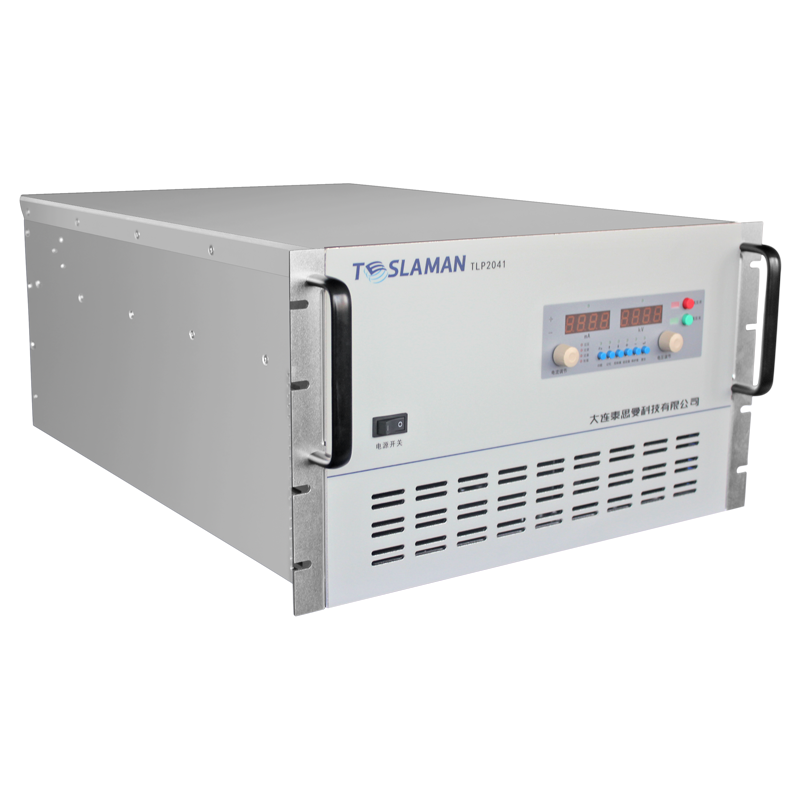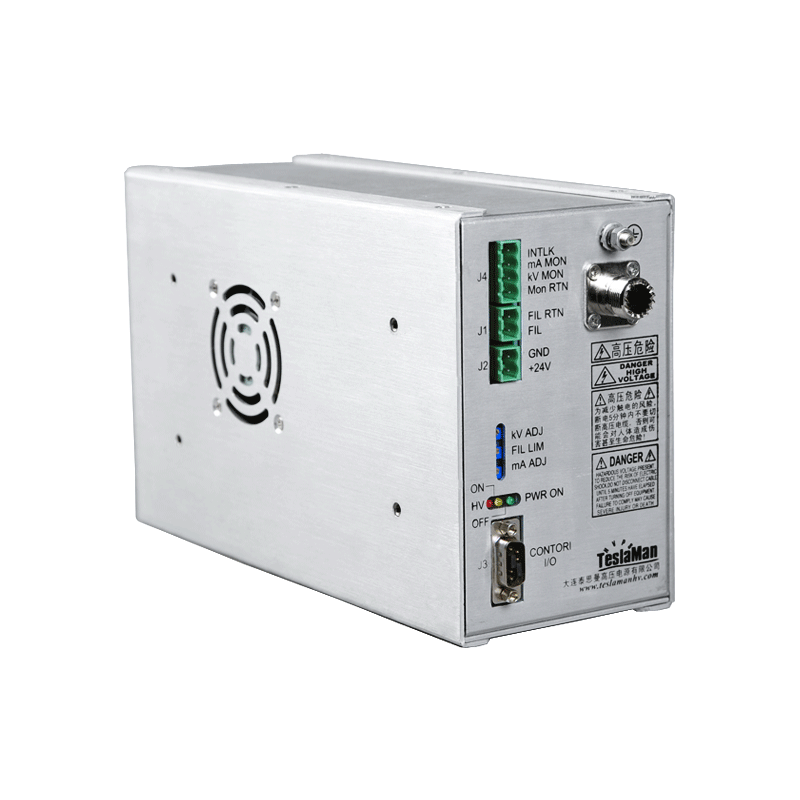Application Analysis of High-Voltage Power Supplies in Electrical Insulation Testing
The electrical insulation performance is crucial for ensuring the safe and stable operation of power equipment. High-voltage power supplies, as core devices in electrical insulation testing, provide the necessary high-voltage excitation. Their performance directly determines the accuracy of test results. This article will deeply explore the specific applications, technical requirements, and challenges of high-voltage power supplies in electrical insulation testing.
1. Core Application Scenarios of High-Voltage Power Supplies in Electrical Insulation Testing
(1) DC Withstand Voltage Test
DC withstand voltage tests are commonly used to detect insulation defects in equipment such as cables and transformers. High-voltage power supplies output stable DC high voltage, which is gradually applied to the tested equipment. The insulation condition is judged by observing changes in leakage current. In the testing of long-distance high-voltage cables, high-voltage power supplies need to output tens of kilovolts or even hundreds of kilovolts, and have the ability to detect leakage current in the microampere range to identify tiny defects in the insulation layer and prevent insulation breakdown during equipment operation.
(2) AC Withstand Voltage Test
AC withstand voltage tests more closely simulate the actual operating conditions of equipment and are used to assess the insulation strength of electrical equipment under power frequency voltage. High-voltage power supplies need to output stable AC voltage with a frequency of 50Hz or 60Hz, and the waveform distortion rate must be controlled at a low level to prevent harmonic interference from affecting test results. For example, in the testing of high-voltage switchgear, by applying AC high voltage higher than the rated voltage, it is possible to detect whether the equipment can withstand overvoltages that may occur during normal operation, ensuring the insulation reliability of the equipment in complex power grid environments.
(3) Partial Discharge Test
Partial discharge is an early sign of insulation degradation. In partial discharge tests, high-voltage power supplies not only need to provide stable high voltage but also have low noise characteristics. Since weak partial discharge signals are easily submerged by the power supply's own noise, the background noise of high-voltage power supplies is required to be lower than 10pC. In the detection of GIS (Gas Insulated Switchgear), partial discharge is excited by high-voltage power supplies, and the discharge signals are captured by UHF sensors to achieve early warning of the equipment's insulation status.
2. Technical Requirements for High-Voltage Power Supplies in Electrical Insulation Testing
(1) Voltage Output Accuracy and Stability
Insulation tests have strict requirements for voltage accuracy. The error of the output voltage of high-voltage power supplies needs to be controlled within ±1%, and the voltage drift during long-term operation should be less than 0.5%. Whether in DC or AC tests, stable voltage output ensures the consistency of test results and avoids misjudgments caused by voltage fluctuations.
(2) Overload and Protection Capabilities
During the test, short-circuit currents may occur due to insulation breakdown of the equipment. High-voltage power supplies need to have a fast overload protection function, cutting off the output within a few milliseconds to prevent damage to the power supply and the risk of electric shock to testers. Additionally, they should be equipped with multiple protection mechanisms such as overvoltage, overcurrent, and overheating protection to enhance operational safety.
(3) Adjustability and Compatibility
Different types of electrical equipment have varying requirements for test voltage, waveform, and duration. High-voltage power supplies need to have a wide range of voltage adjustment capabilities and support multiple waveform outputs. Moreover, they should be compatible with various detection instruments (such as oscilloscopes and partial discharge detectors) to enable accurate data collection and analysis.
3. Challenges and Development Trends
Currently, as electrical equipment evolves towards high voltage, large capacity, and intelligence, higher requirements are placed on high-voltage power supplies. On one hand, it is necessary to further reduce the power supply's own losses, improve efficiency, and reduce testing costs. On the other hand, the intelligence level of power supplies needs to be enhanced. By introducing digital control technology, automatic adjustment of test parameters and automated control of the test process can be achieved. In the future, high-voltage power supplies will also develop towards miniaturization and modularization, facilitating on-site testing and equipment integration to better meet the growing insulation testing needs of the power system.




















